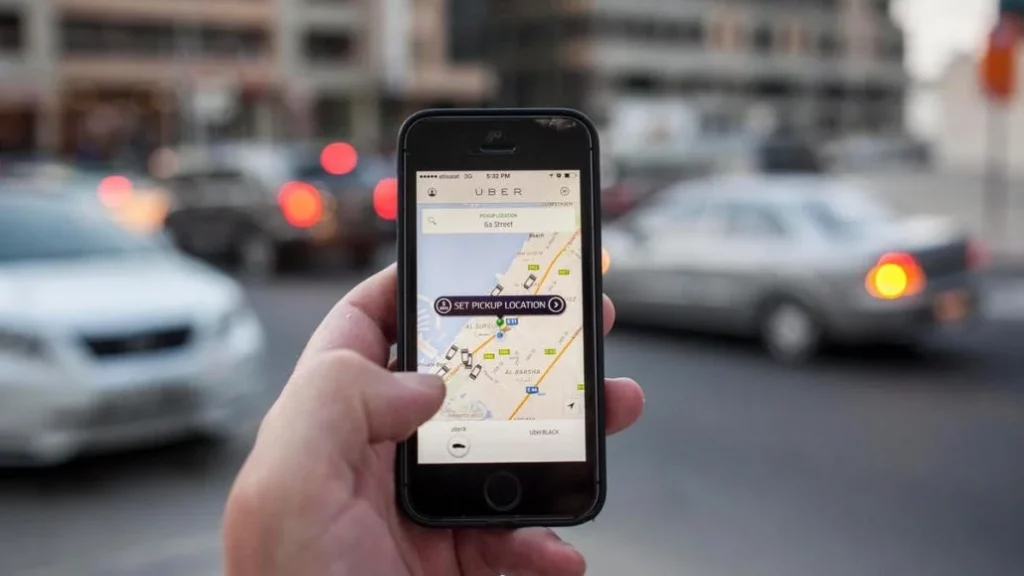December 31, 2024
Category: Apps
How to Build an App Like Uber from Scratch
With the growing popularity of gig jobs and mobile services, apps like Uber have become essential in our fast-paced world. If you’re thinking about creating an app like Uber, you might consider building an “Uber clone.” While it takes planning and effort, it’s possible to create a successful ride-sharing app if you focus on the key features.
In this blog post, we will guide you through the process of building an Uber-like app from scratch, and aspects you need to consider.
Understand the Market and Define Your Niche
Key considerations during this phase:
- What problem are you solving?
- Who is your target audience?
- What differentiates your app from existing competitors?
Define the Features for Your Uber Clone App
Passenger Features:
- User Registration & Profile Creation : Allow passengers to register through social media accounts or email.
- Ride Booking & Scheduling : Real-time booking, fare estimation, and advance booking options.
- GPS Navigation : Integration with Google Maps or similar services for route planning.
- Payment Integration : Secure options like credit/debit cards, wallets, or cash payments.
- Ride History & Ratings : Users can view ride history and rate drivers.
- Push Notifications : For ride status, promotions, or updates.
Driver Features:
- Driver Registration : The process for driver verification and approval.
- Ride Request Management : Ride Request Management
- Navigation System : For route optimization and traffic alerts.
- Earnings & Trip Summary : Track earnings, trip history, and payment details.
- Rating System : To rate passengers after the trip.
Admin Panel Features:
- Dashboard : Monitor user activities, ride requests, and payments in real time.
- User Management : Manage drivers and passengers (approve drivers, view reports, etc.).
- Payment Management : Track payments, process transactions, and handle refunds.
- Push Notifications & Messaging : Send system notifications, updates, and promotional messages.
- Analytics & Reporting : Track key performance indicators (KPIs) like ride frequency, driver performance, and revenue.
Choose the Technology Stack:
- Programming Languages : Swift (iOS), Kotlin/Java (Android), JavaScript (Node.js for backend)
- Database : MongoDB, MySQL, or PostgreSQL
- Cloud Services : AWS or Google Cloud
- Maps & Geolocation : Google Maps API
- Payment Gateway : Stripe, PayPal, or Braintree
- Push Notifications : Firebase or OneSignal

Design (UI) & (UX)
- Passenger App : Simple ride booking and seamless payment process.
- Driver App : Quick access to requests, navigation, and earnings
- Admin Dashboard : Manage rides, drivers, and payments efficiently.
Develop the Core Functionality
Now that you have a solid plan and design, it’s time to start the actual development of the Uber clone app. This will involve development for both the frontend and backend:
Frontend Development: You can use frameworks like React Native or Flutter for cross-platform app development, or develop native apps using Swift and Kotlin for better performance.
Backend Development: The backend handles data processing, user management, and transactions. You can use Node.js, Ruby on Rails, or Django as the backend framework, with RESTful APIs or GraphQL for communication between the client and server.
- Ride Booking System : Ensure that passengers can book a ride, and drivers are notified in real time.
- Payment Gateway : Implement secure payment methods like credit cards, debit cards, and wallets.
- Real-Time Tracking : Using GPS, ensure that users and drivers can track the ride in real time.
- Rating & Review System : Allow both drivers and passengers to rate each other post-ride.
Testing
- Usability Testing : Evaluate user experience and ease of navigation.
- Load Testing : Simulate heavy traffic to ensure the app can handle large volumes of users.
- Security Testing : Test the app for security vulnerabilities, especially payment integrations.
Launch and Marketing
- App Store Optimization (ASO) : Optimize your app listing with the right keywords, screenshots, and descriptions to increase visibility in the app store.
- Paid Advertising : Run targeted ads on social media, Google, or other platforms to reach potential users.
- Referral Programs : Implement a referral system to incentivize users to invite others.
- Local Partnerships : Collaborate with local businesses to boost your app’s visibility and reach.


.webp)